c. 1970 Trenkle Alarm Clock (West Germany) – components as high as 22,400 ppm Lead [90 is unsafe for kids.]
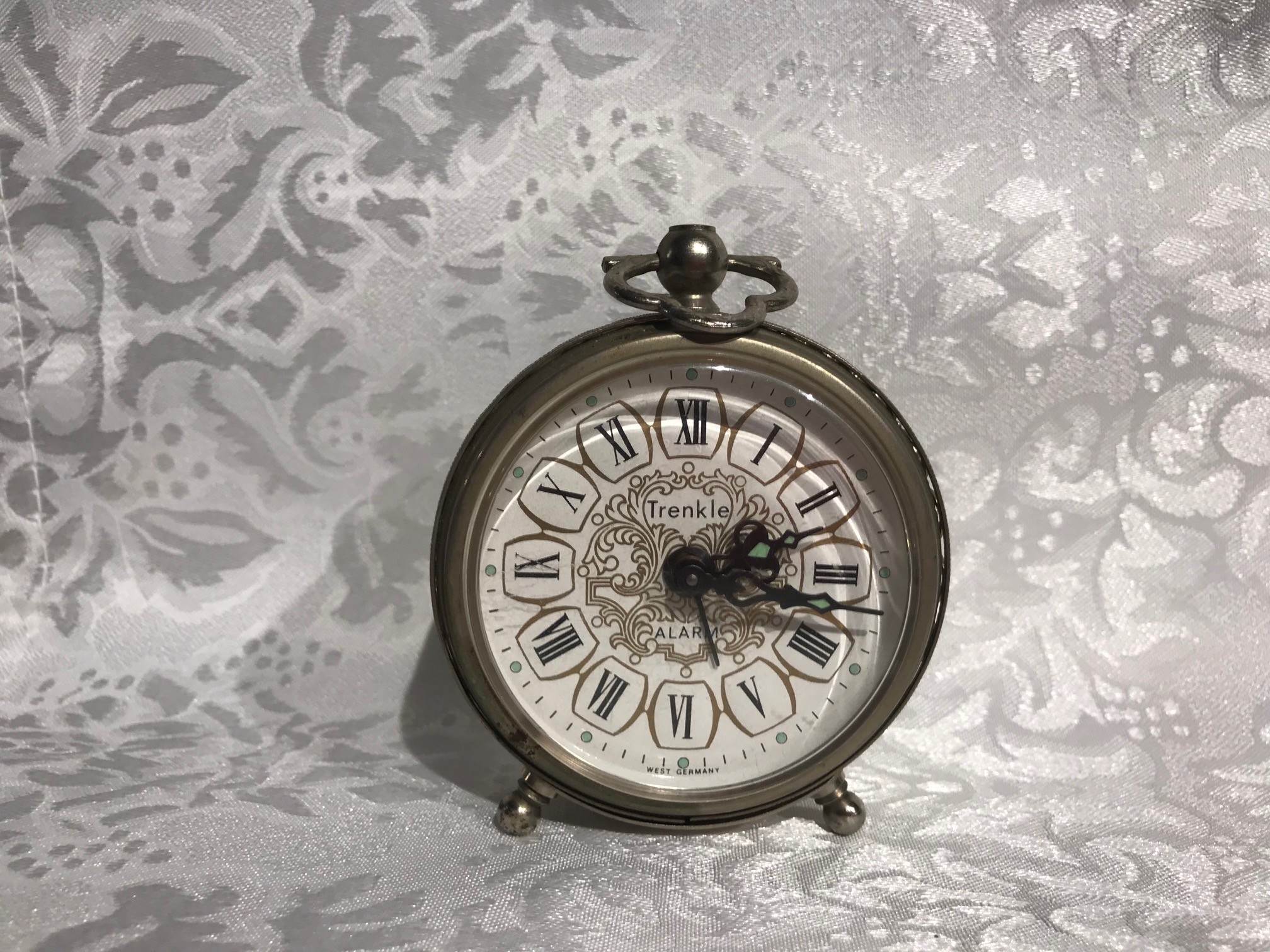 When tested with an XRF instrument this vintage (c. 1965-1975) Trenkle Alarm Clock (made in West Germany) had the following readings (note: only accessible components were tested):
When tested with an XRF instrument this vintage (c. 1965-1975) Trenkle Alarm Clock (made in West Germany) had the following readings (note: only accessible components were tested):
1.) Glass / plastic of clock face:
- Lead (Pb): Negative / Non-Detect
- Mercury (Hg): Negative / Non-Detect
- Cadmium (Cd): 60 +/- 8 ppm
- Arsenic (As): Negative / Non-Detect
- Antimony (Sb): Negative / Non-Detect
- Barium (Ba): 258 +/- 77 ppm
- Gold (Au): 36 +/- 12 ppm
- Zinc (Zn): 1,428 +/- 28 ppm
- Copper (Cu): 79 +/- 14 ppm
- Nickel (Ni): 17 +/- 7 ppm
- Iron (Fe): 4,286 +/- 76 ppm
Continue reading below the image…
 2.) Back of clock (image above):
2.) Back of clock (image above):
- Lead (Pb): Negative / Non-Detect
- Mercury (Hg): Negative / Non-Detect
- Cadmium (Cd): Negative / Non-Detect
- Arsenic (As): Negative / Non-Detect
- Antimony (Sb): Negative / Non-Detect
- Chromium (Cr): 633 +/- 99 ppm
- Zinc (Zn): 1,362 +/- 252 ppm
- Copper (Cu): 2,519 +/- 398 ppm
- Iron (Fe): 992,100 +/- 1,700 ppm
- Manganese (Mn): 2,209 +/- 497 ppm
Continue reading below the image…
 3.) Filigree work on side of clock (image above):
3.) Filigree work on side of clock (image above):
- Lead (Pb): Negative / Non-Detect
- Mercury (Hg): Negative / Non-Detect
- Cadmium (Cd): Negative / Non-Detect
- Arsenic (As): Negative / Non-Detect
- Antimony (Sb): Negative / Non-Detect
- Chromium (Cr): 568 +/- 108 ppm
- Zinc (Zn): 5,088 +/- 657 ppm
- Copper (Cu): 312,100 +/- 2,200 ppm
- Nickel (Ni): 593,600 +/- 2,500 ppm
- Iron (Fe): 86,200 +/- 1,100 ppm
- Cobalt (Co): 1,311 +/- 590 ppm
- Manganese (Mn): 622 +/- 267 ppm
Continue reading below the image…
 4.) Handle on top of clock – round knob (#4 on image above):
4.) Handle on top of clock – round knob (#4 on image above):
- Lead (Pb): 22,400 +/- 1,000 ppm
- Mercury (Hg): Negative / Non-Detect
- Cadmium (Cd): Negative / Non-Detect
- Arsenic (As): Negative / Non-Detect
- Antimony (Sb): Negative / Non-Detect
- Tin (Sn): 1,974 +/- 199 ppm
- Zinc (Zn): 379,300 +/- 3,000
- Copper (Cu): 562,800 +/- 3,400 ppm
- Nickel (Ni): 39,200 +/- 900 ppm
- Iron (Fe): 2,204 +/- 322
5.) Handle on top of clock – loop attached to round knob (#5 on image above):
- Lead (Pb): 4,941 +/- 465 ppm
- Mercury (Hg): Negative / Non-Detect
- Cadmium (Cd): Negative / Non-Detect
- Arsenic (As): Negative / Non-Detect
- Antimony (Sb): Negative / Non-Detect
- Zinc (Zn): 267,100 +/- 2,800
- Copper (Cu): 532,700 +/- 3,200 ppm
- Nickel (Ni): 190,400 +/- 1,900 ppm
- Iron (Fe): 3,435 +/- 370 ppm
Continue reading below the image…
 6.) Feet of clock (image directly above + #6 on image below):
6.) Feet of clock (image directly above + #6 on image below):
- Lead (Pb): 16,100 +/- 700 ppm
- Mercury (Hg): Negative / Non-Detect
- Cadmium (Cd): Negative / Non-Detect
- Arsenic (As): Negative / Non-Detect
- Antimony (Sb): Negative / Non-Detect
- Chromium (Cr): 390 +/- 125 ppm
- Tin (Sn): 1,500 +/- 161 ppm
- Zinc (Zn): 211,300 +/- 2,600 ppm
- Copper (Cu): 414,900 +/- 2.700 ppm
- Nickel (Ni): 348,000 +/- 2,300 ppm
- Iron (Fe): 5,692 +/- 412 ppm
- Cobalt (Co): 573 +/- 244 ppm
Continue reading below the image…
7.) Alarm winding knobs of clock with loop (#7 on image above):
- Lead (Pb): 14,000 +/- 700 ppm
- Mercury (Hg): Negative / Non-Detect
- Cadmium (Cd): Negative / Non-Detect
- Arsenic (As): Negative / Non-Detect
- Antimony (Sb): Negative / Non-Detect
- Tin (Sn): 368 +/- 113 ppm
- Zinc (Zn): 344,300 +/- 2,900 ppm
- Copper (Cu): 531,200 +/- 3,300 ppm
- Nickel (Ni): 52,500 +/- 1,000 ppm
- Iron (Fe): 56,900 +/- 1,200 ppm
8.) Loop on alarm winding knobs of clock (#8 on image above):
- Lead (Pb): 8,473 +/- 558 ppm
- Mercury (Hg): Negative / Non-Detect
- Cadmium (Cd): Negative / Non-Detect
- Arsenic (As): Negative / Non-Detect
- Antimony (Sb): Negative / Non-Detect
- Chromium (Cr): 483 +/- 132 ppm
- Tin (Sn): 432 +/- 126 ppm
- Zinc (Zn): 302,800 +/- 2,900 ppm
- Copper (Cu): 503,200 +/- 3,100 ppm
- Nickel (Ni): 155,200 +/- 1,700 ppm
- Iron (Fe): 27,600 +/- 900 ppm
- Bismuth (Bi): 435 +/- 187 ppm
9.) Alarm winding knobs of clock without loop (#9 on image above):
- Lead (Pb): 15,700 +/- 600 ppm
- Mercury (Hg): Negative / Non-Detect
- Cadmium (Cd): Negative / Non-Detect
- Arsenic (As): Negative / Non-Detect
- Antimony (Sb): Negative / Non-Detect
- Chromium (Cr): 581 +/- 122 ppm
- Tin (Sn): 1,157 +/- 133 ppm
- Zinc (Zn): 224,300 +/- 2,500 ppm
- Copper (Cu): 429,800 +/- 2,900 ppm
- Nickel (Ni): 195,800 +/- 1,900 ppm
- Iron (Fe): 130,400 +/- 1,500 ppm
- Manganese (Mn): 821 +/- 322 ppm
For context, the amount of Lead that is considered illegal and unsafe on a newly manufactured item intended for use by children today is anything 90 ppm Lead or higher in the paint or coating or anything 100 ppm Lead or higher in the substrate. Consumer goods like alarm clocks are not regulated for toxicants as they are not considered to be an “item intended for use by children.” Vintage goods are also not regulated in the same way as modern goods (even when offered for resale.)
I found it interesting that pretty much (with the exception of the feet) only the parts that you interact with (the parts you have to hold or touch and wind for the clock to function) had high Lead. Since the other parts (the main body, back and decorative filigree work on the clock) were made without Lead I wonder why those choices were made, when they could have chosen unleaded components. Of course the issue / concern of a need for moving parts to be self-lubricating in order to function applies to some degree for a clock, but I don’t believe that in this case the function of the accessible Leaded parts on this clock require that they have Lead.
Each test was done using a freshly calibrated XRF instrument in “Consumer Goods” mode. Testing was repeated on each component to confirm the results. Testing time for each component was for at least 60 seconds. Results are replicable, science-based, and accurate. Metals not listed in the above test results sets were not detected by the XRF when testing in Consumer Goods mode.
Thank you for reading and for sharing my posts.
Please let me know if you have any questions.
Tamara Rubin
#LeadSafeMama 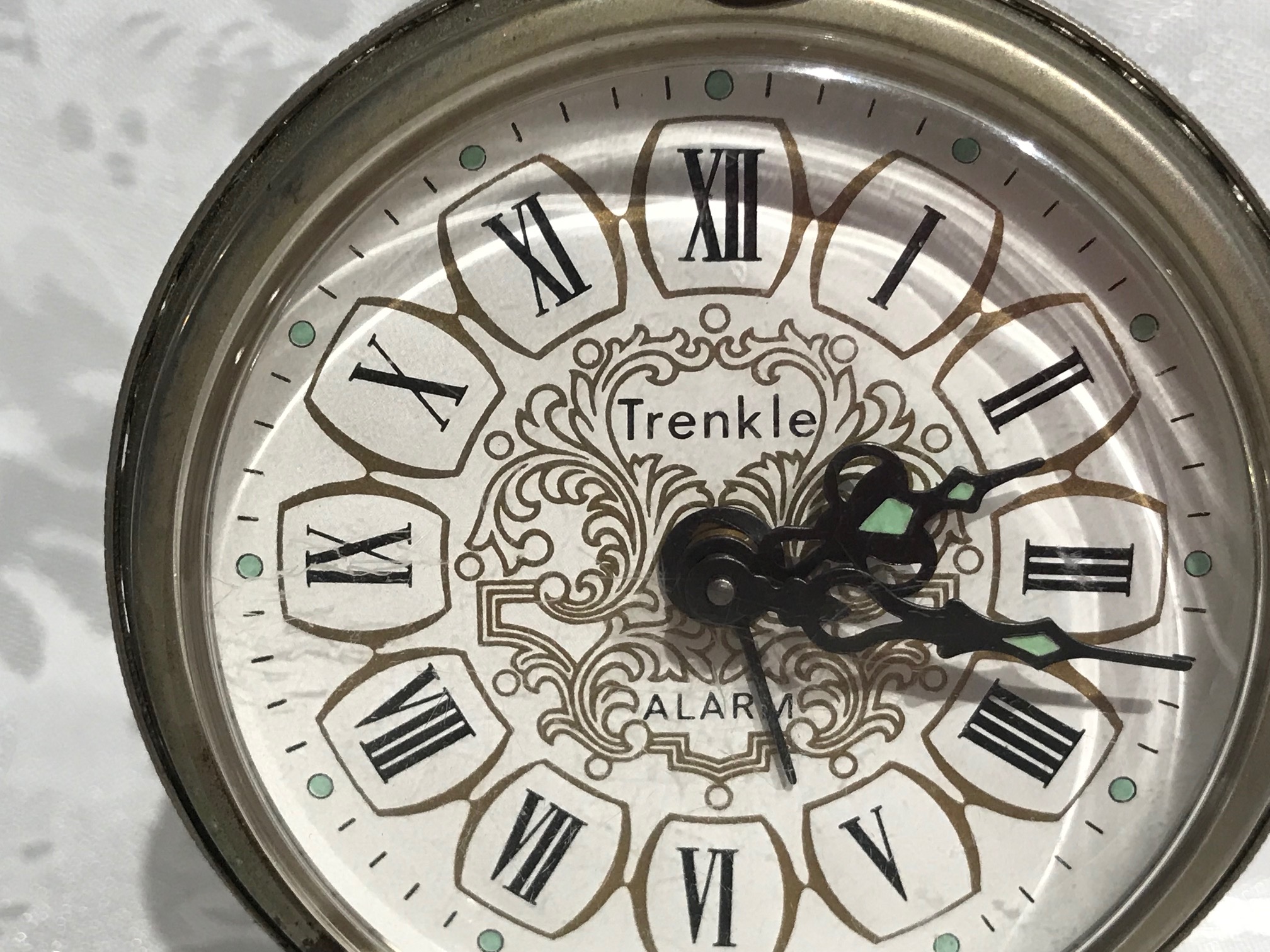
Never Miss an Important Article Again!
Join our Email List


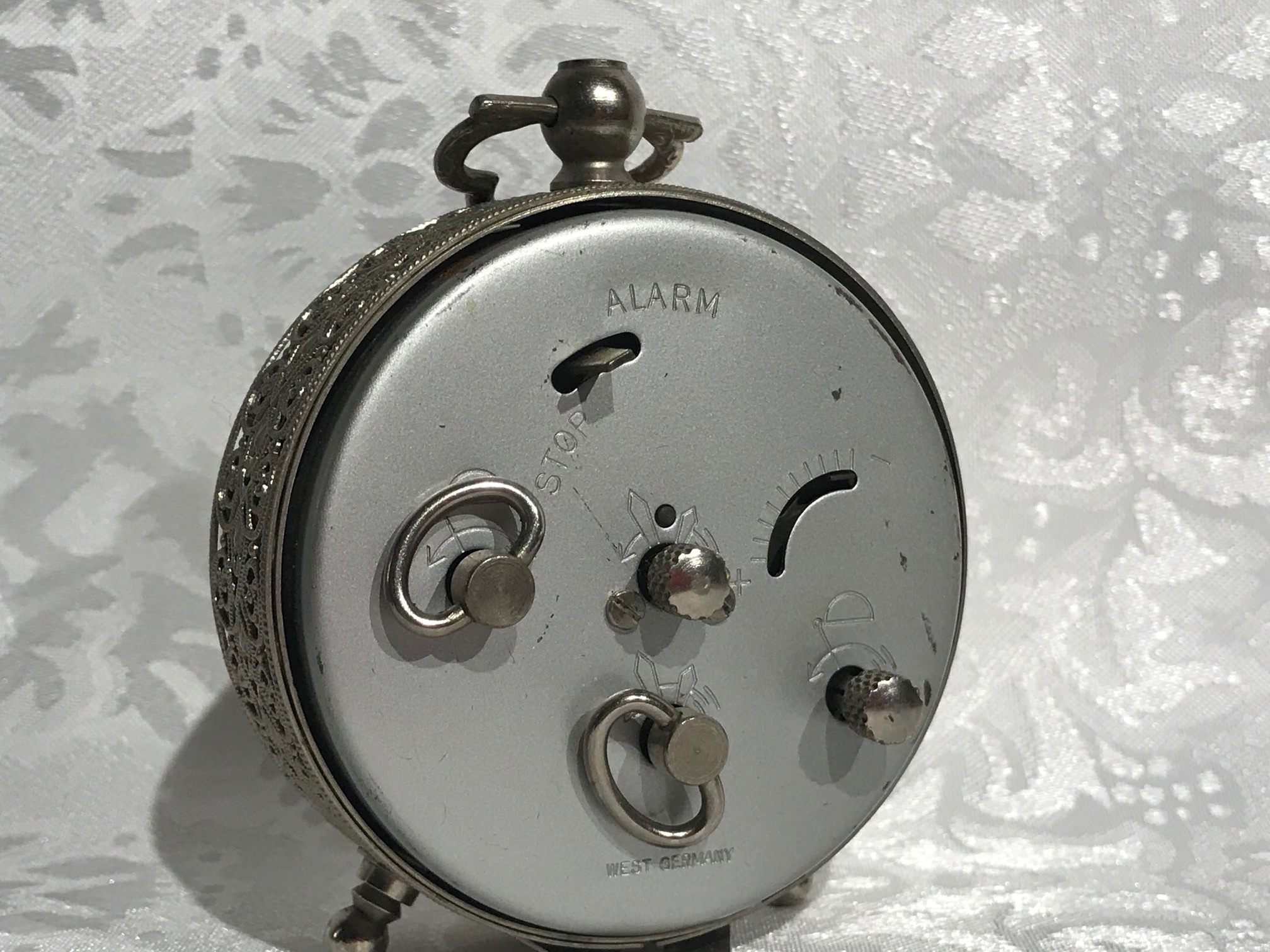 2.) Back of clock (image above):
2.) Back of clock (image above): 3.) Filigree work on side of clock (image above):
3.) Filigree work on side of clock (image above):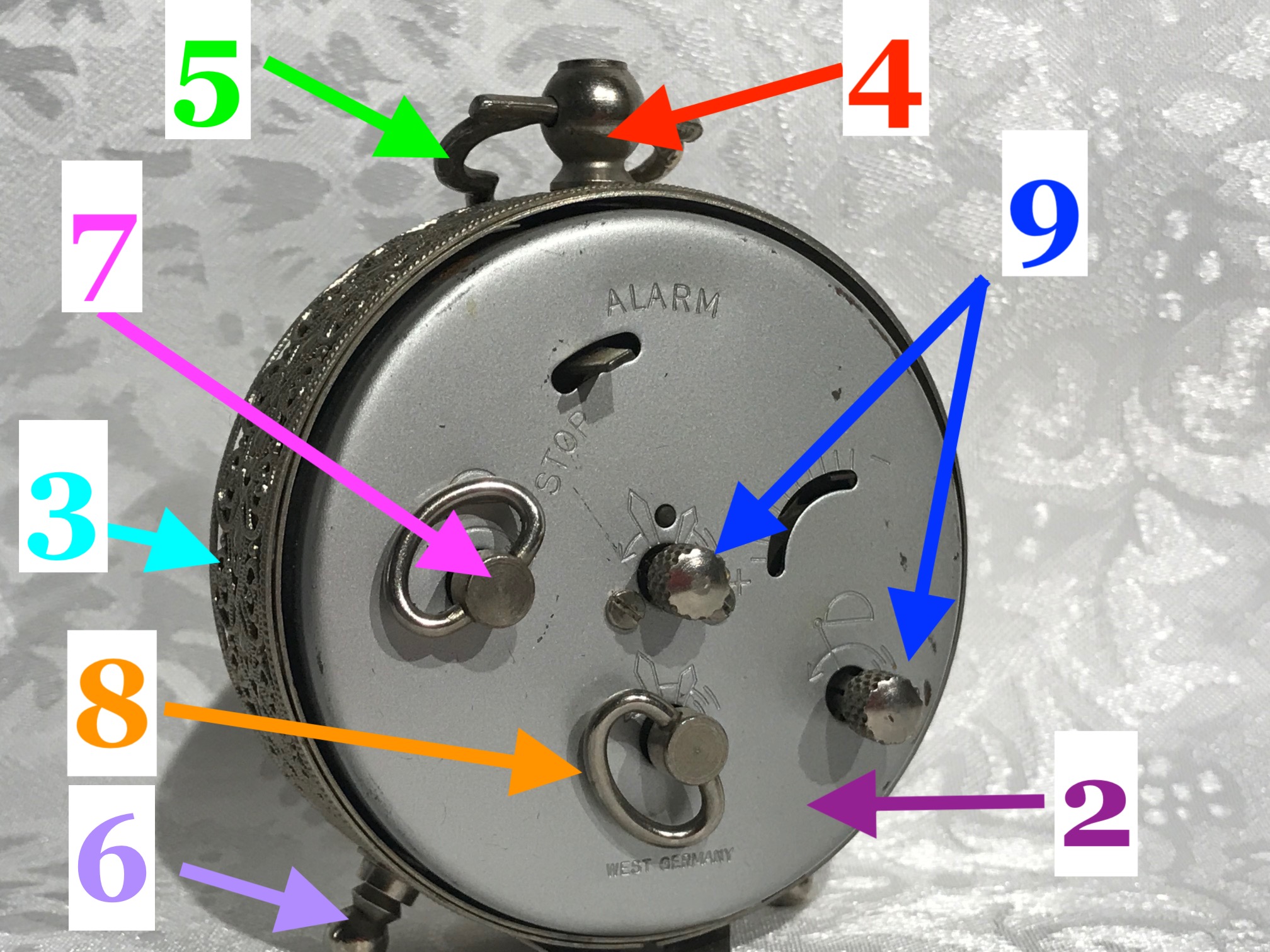 4.) Handle on top of clock – round knob (#4 on image above):
4.) Handle on top of clock – round knob (#4 on image above):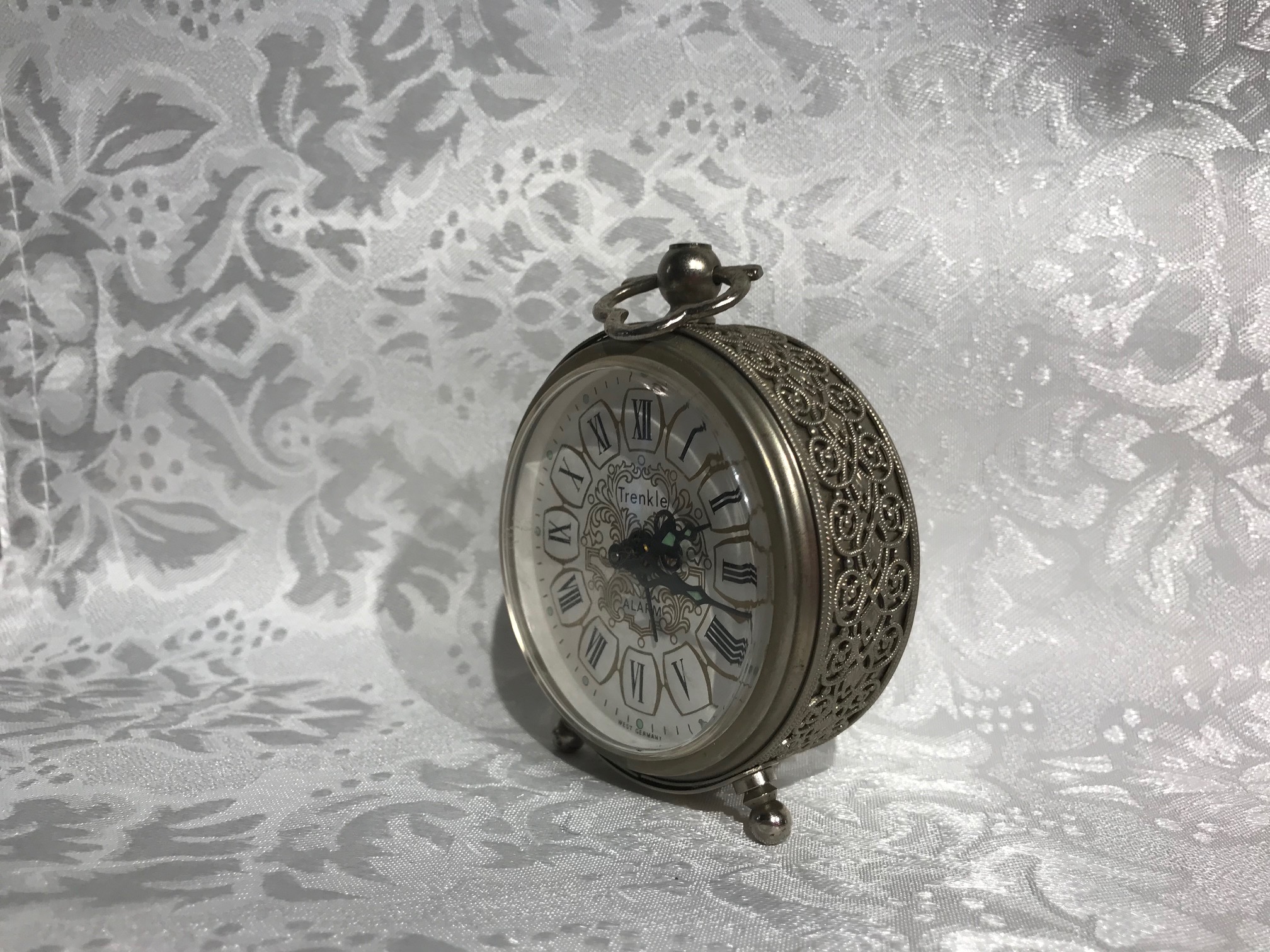 6.) Feet of clock (image directly above + #6 on image below):
6.) Feet of clock (image directly above + #6 on image below):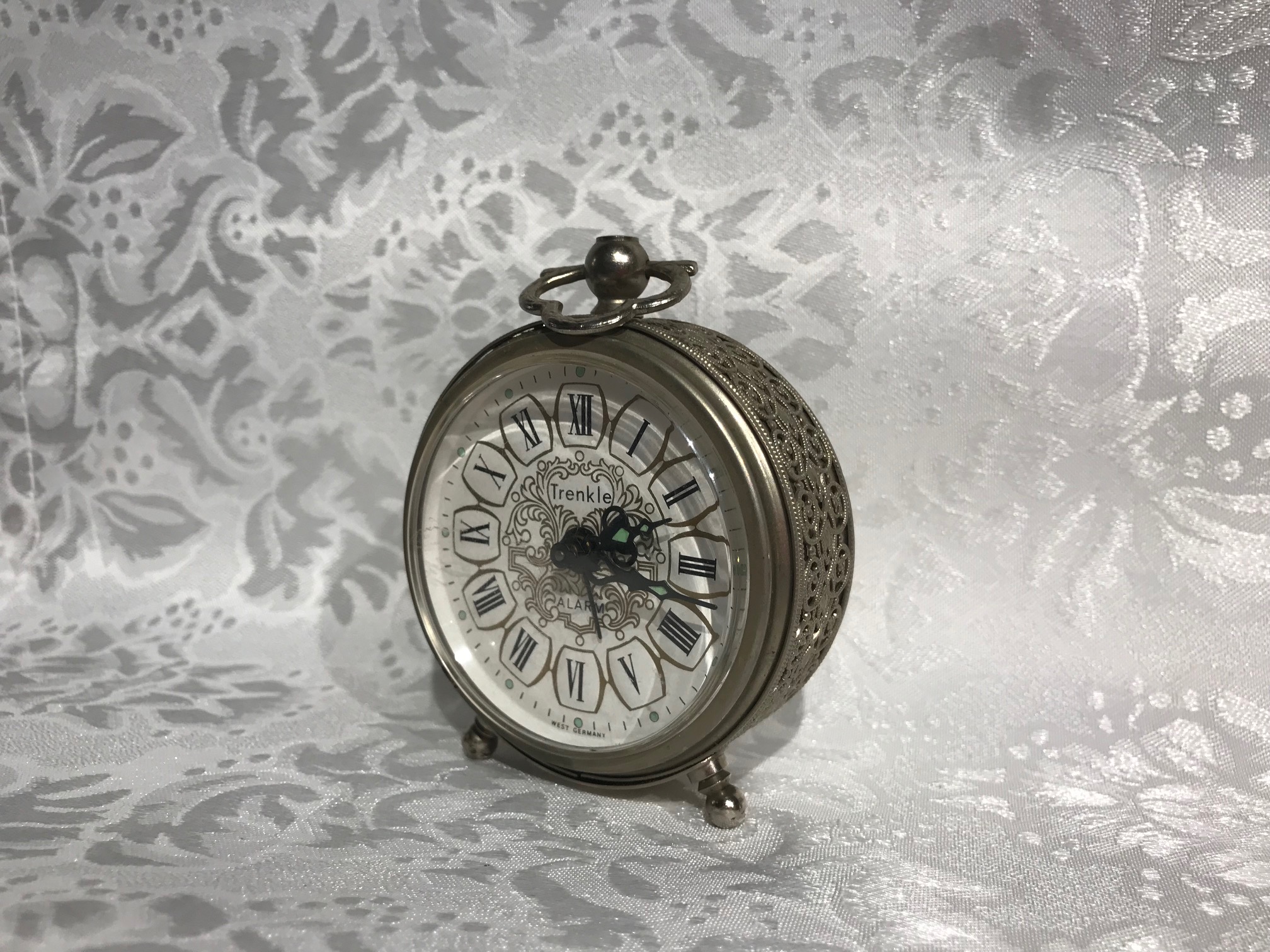

What about the Radium in the dials?